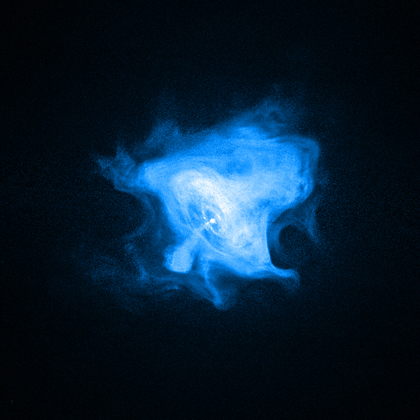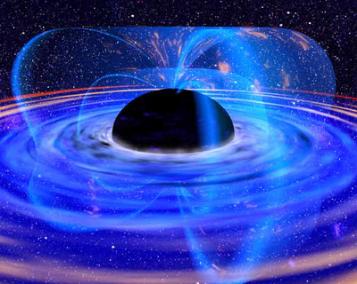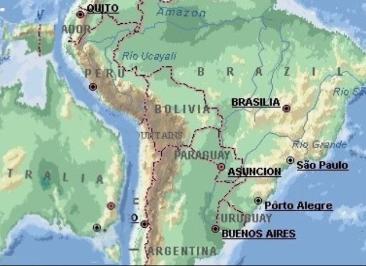
Mel Acheson: How Should We Presume?
The burden of proof is on gravity theorists to explain some mechanism that suppresses the large initial electromagnetic energies and then enables the weak force of gravity to build them back up again.
Several astrophysicists have told me that, although plasma cosmology appears interesting, they won’t consider it until proponents can prove that some mechanism can produce charge separation in space from neutral matter on an astronomically significant scale.
At first thought, the presumption that neutral matter is the starting condition appears reasonable. It’s consistent with our everyday experience, and it fits with our other physical theories. It’s compatible with “secure knowledge.” Until the space age, human experience was almost exclusively that of neutral earth, air, fire, and water. Except for a few intermittent events such as lightning, plasma phenomena occur only in the high-energy domains of outer space. The concept of plasma didn’t exist until the twentieth century.
Investigations of plasma phenomena in the past century now confront us with another possibility. We’ve become aware that most of the observable universe is composed of plasma. The starting condition could just as well be separated charges, and what we observe is the consequential charge combination (not recombination).
Consilience with the “already known” is a circular argument because our other physical theories are also based on this presumption. After removing tautologies, “reasonableness” reduces to “familiarity” and parochialism.
Geology provides an illustration of this bias. The formations on Earth have been exclusively described in terms of mechanical action, and the resulting facts are turned back to justify the presumption. A river flows down a valley, and the valley’s existence and form are attributed to the water’s erosion acting over a long time. Then the existence of the valley and the river as the only apparent instrumental agency is thought to justify the attribution.
Stephen Smith, in many Thunderbolts Pictures of the Day, has examined these formations in the light of a presumption that plasma forces may have caused them. The valley could have been formed in a short time by planetary-scale electric arcs, and the river would have been opportunistically “captured.” After all, we see similar formations on planets and moons that don’t have, and probably never had, water.
The electrical presumption is as general as the mechanistic one: the ocean floor may be understood as the scar of an Earth-engulfing plasma discharge, a small-scale version of what we see in planetary nebulae, and the water subsequently collected at the bottom. Changing the familiar presumption changes the familiar landscape into an unfamiliar one.
Awareness of the “bias of familiarity” then provokes a second thought. The bias arises not from where we live but from the peculiar limits of our senses. Plasma activity proclaims itself largely in frequencies such as radio and x-ray that lie outside the sensitivities of our senses. We are unfamiliar with plasma because we are blind to it. Modern astrophysicists are in this sense correct to claim that 90% of the universe is undetectable “dark” substances. Their error is to fill in the blank with mathematical extrapolations from familiar theories and to leave their thinking blind to plasma.
The space age has provided us with instruments and techniques that extend our senses to detect plasma. We are now able to experiment with it in laboratories. Our thinking tends to remain stuck in familiar habits and ideas, however. We must make an effort, sometimes a great and frightening effort, to root out our familiar presumption and to adapt our thinking to an unfamiliar new empirical foundation.









































